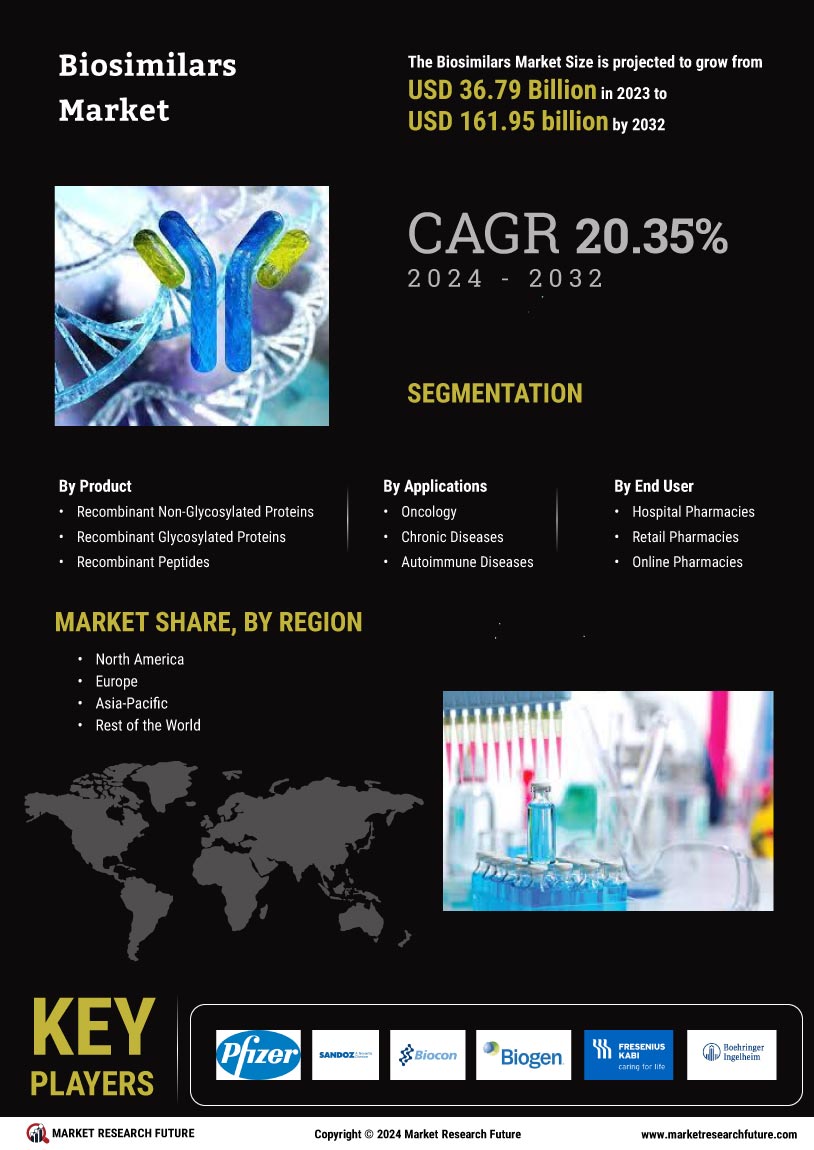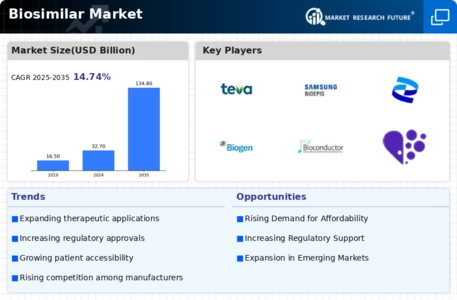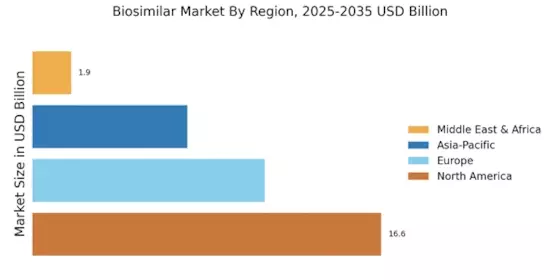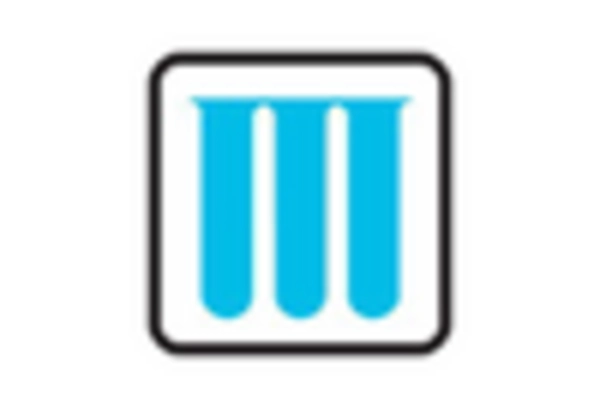Rising Healthcare Costs
The escalating costs of healthcare are driving the demand for more affordable treatment options, thereby influencing the Biosimilar Market. As healthcare expenditures continue to rise, stakeholders are increasingly seeking cost-effective alternatives to expensive biologic therapies. Biosimilars Market, which can be priced significantly lower than their reference products, present a viable solution to this challenge. Recent studies indicate that the introduction of biosimilars could save healthcare systems billions of dollars annually. This financial incentive is prompting healthcare providers to consider biosimilars as a first-line treatment option, further propelling the growth of the Biosimilar Market. The ongoing pressure to contain healthcare costs is likely to sustain this trend in the foreseeable future.
Advancements in Biotechnology
Technological advancements in biotechnology are playing a crucial role in shaping the Biosimilar Market. Innovations in manufacturing processes, analytical techniques, and quality control measures have enhanced the ability to produce biosimilars that closely mimic their reference products. These advancements not only improve the safety and efficacy of biosimilars but also streamline production, potentially reducing costs. As a result, the market is witnessing an increase in the number of biosimilars entering the pipeline, with projections indicating that the number of approved biosimilars could double in the next five years. This surge in innovation is likely to bolster the Biosimilar Market, as healthcare providers and patients gain access to a wider array of treatment options.
Patent Expirations of Biologics
The expiration of patents for several high-revenue biologic drugs is poised to significantly impact the Biosimilar Market. As patents expire, biosimilar manufacturers can enter the market with their products, often at a lower price point than the original biologics. This transition is expected to create a competitive landscape that benefits patients and healthcare providers alike. For instance, the patent for a leading monoclonal antibody has recently expired, opening the door for biosimilar alternatives. Market analysts suggest that this could lead to a reduction in treatment costs by up to 30%, making therapies more accessible. Consequently, the influx of biosimilars resulting from patent expirations is likely to drive the growth of the Biosimilar Market in the coming years.
Government Initiatives and Policies
Government initiatives and supportive policies are emerging as significant drivers for the Biosimilar Market. Many countries are implementing regulatory frameworks that encourage the development and approval of biosimilars, recognizing their potential to reduce healthcare costs and improve patient access to essential medications. For example, streamlined approval processes and incentives for biosimilar manufacturers are being introduced to foster competition in the market. These initiatives are expected to enhance the overall landscape for biosimilars, making it easier for new entrants to navigate regulatory hurdles. As a result, the Biosimilar Market is likely to experience accelerated growth, driven by favorable government policies that promote the adoption of biosimilars.
Increasing Prevalence of Chronic Diseases
The rising incidence of chronic diseases such as diabetes, cancer, and autoimmune disorders appears to be a primary driver for the Biosimilar Market. As these conditions become more prevalent, the demand for effective and affordable treatment options intensifies. According to recent data, chronic diseases account for approximately 70% of all deaths worldwide, underscoring the urgent need for innovative therapies. Biosimilars Market, which offer similar efficacy and safety profiles to their reference biologics, provide a cost-effective alternative that can alleviate the financial burden on healthcare systems. This trend is likely to continue, as healthcare providers and patients increasingly seek out biosimilars to manage chronic conditions, thereby propelling the growth of the Biosimilar Market.


















Leave a Comment